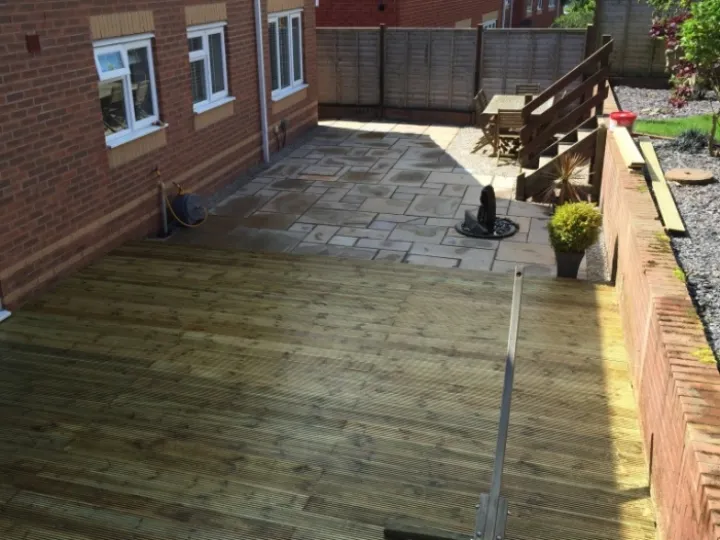How to lay a patio with paving slabs
Laying a patio with slab paving can seem like a simple job but there are lots of traps for the unwary and the inexperienced, and you will want to get this right first time.
A patio is excellent for a low maintenance outdoor space and with the right tools and some basic skills, and you could have a new patio in very little time.
It is better on balance to call in experts like Clark & Kent Contractors who are very experienced in patio design and construction but here are a few basic tips if you prefer laying a paving slab patio yourself.
- Dry lay the patio first to make sure everything fits
- Create a solid compacted sub-base to the correct depth
- Lay the first patio paving slab from a corner and work outwards
- Check the paving levels and fall often so that you don't stray off track
- Wait at least 24 hours before stepping on the patio paving
Clark & Kent Contractors are experts at laying patios. Call us now on 01630 672329.
Clark&Kent Services Hire
Providing quality specialist plant hire equipment for construction services


